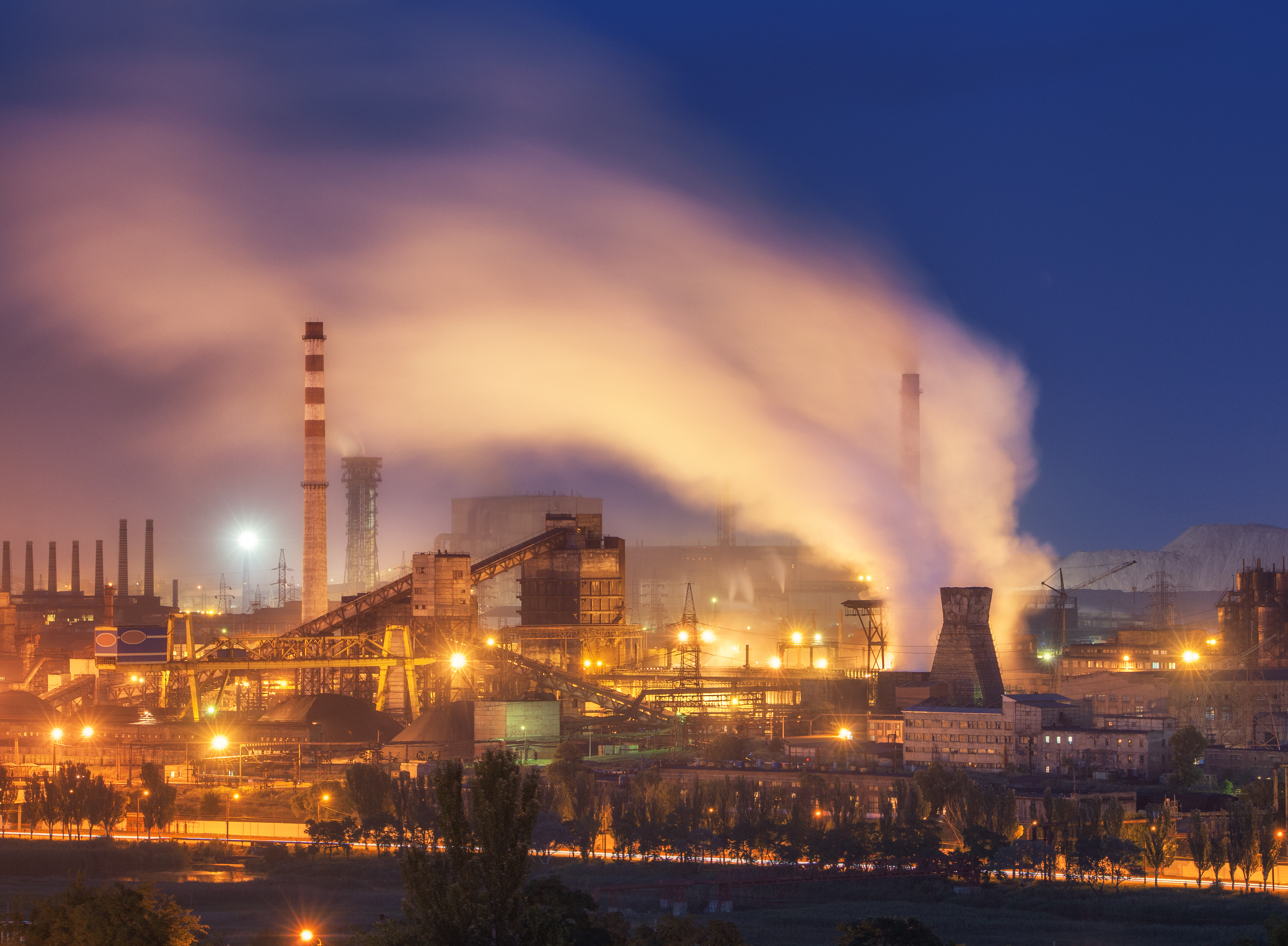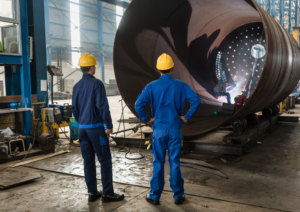In 2019, Singapore made headline news as it became the first country in Southeast Asia to introduce carbon pricing. Used as an instrument to capture the external costs of greenhouse gas emissions, carbon pricing attempts to shift the burden and damage stemming from greenhouse gas emissions back to those responsible.
Singapore’s Carbon Tax was introduced with the goal of incentivising emissions reductions across all sectors and support the island state’s transition to a low-carbon economy. To ensure fairness and transparency, the Carbon Pricing Act sees no exemptions for covered facilities, with everyone across the board paying 5 SGD per tonne of greenhouse gas emissions.
Fast forward three years to 2022, Singapore has now taken an even more aggressive stance on greenhouse gas emissions. Following its Budget statement in Parliament earlier in February, the Singapore government has stated that it would increase the carbon tax to 25 SGD per tonne in 2024, and even higher in subsequent years. The tax, projected to increase progressively to 45 SGD per tonne in 2026, is viewed to reach somewhere between 50 and 80 SGD per tonne in 2030.
The Impact Of The Carbon Tax On Singapore’s Economy
Singapore’s initial carbon tax of 5 SGD per tonne of emissions was met with fierce criticism by pundits. Many felt like the rate was too low, and the tax itself functioned more as a virtue signal rather than a way to cut down carbon emissions. By increasing the current carbon tax fivefold, the Singapore government has indicated a more staunch view on shifting the onus back to industries responsible for greenhouse gas emissions.
The impact of this carbon tax hike is not lost on companies in Singapore, many of whom see their headquarters for Southeast Asian based in the Little Red Dot. Despite noble attempts to shift towards more sustainable energy sources such as solar power, the cost of carbon emissions still take its toll on many entities and businesses. These additional costs end up being passed onto the average consumer, with the average household expected to pay an additional 4 SGD each month in utility bills.
The Increased Cost Of Living From Carbon Taxes
Looking at the fivefold increase in the carbon tax, experts predict that this spike could serve to be counterproductive in the short term, potentially hindering broader economic progress due to increased costs for both businesses and consumers. Carbon taxes, more often than not, end up passed onto consumers through increasing commodity prices such as electricity and fuel.
While meant to better reflect the social cost of these products, the rising prices have an adverse effect of disproportionately impacting consumers from lower income households while failing to sufficiently incentivise businesses to switch to lower carbon alternatives. In the case of the latter, the easier option for businesses would be to pass on the costs to the consumer. To counteract these, experts suggest a two-pronged approach of offering subsidies for lower income households in order to offset rising cost of living, while offering incentives for businesses to redirect investments towards reducing greenhouse gas emissions.
The Effectiveness Of Carbon Tax
Research has demonstrated that putting a price on carbon-based fuels can be an effective way of reducing greenhouse gas emissions. Higher taxes on carbon-based fuels force industries to examine their overreliance on such fuels, and seek alternatives such as solar power or hydrogen engines which lowers their respective carbon footprint. Combined with incentives that can be implemented should businesses develop more environmentally friendly production processes, this ‘carrot-and-stick’ approach to combating greenhouse gas emissions may prove to be extremely effective.
Furthermore, revenues derived from a national carbon tax can also be used to address any economic harm caused by fossil fuels. This money goes a long way towards investing in clean energy and climate adaptation. What this results in is a 360 degree approach by all stakeholders involved – whether its the government or relevant industries concerned.
How Businesses Can Adapt To Singapore’s Carbon Tax Hike
Singapore’s introduction of carbon pricing has position itself as a climate leader, and taking a strong stance towards crackdowns on greenhouse gas emissions can inspire other ASEAN countries to take similar action. Businesses operating within its sphere of influence will have to examine their carbon strategies from here on out, and aim for a more sustainable future.





